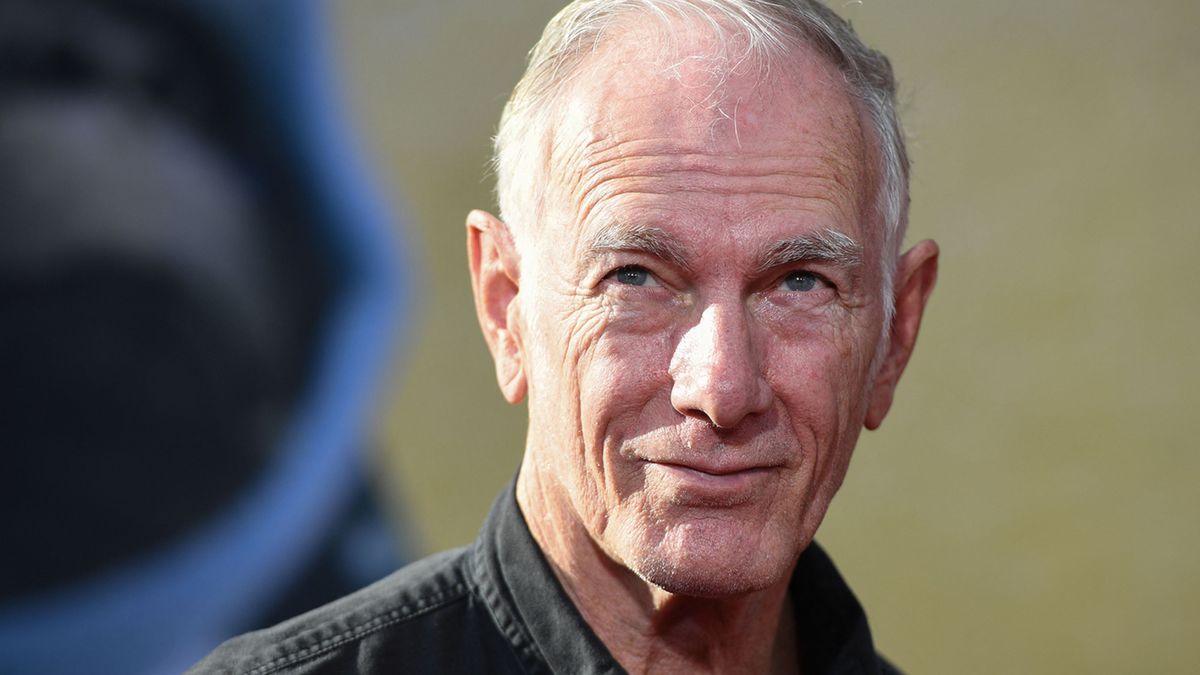Unveiling John Sayles: The Six Works That Shaped His Creative Vision
John Sayles is a name synonymous with independent filmmaking. Renowned for his storytelling prowess and unique perspective on American culture, Sayles has crafted films that resonate deeply with audiences across generations. His creative vision has been shaped by various influences, including literature, cinema, and music. In this article, we will delve into six pivotal works that profoundly influenced John Sayles, offering insight into the artistic journey and creative philosophies that define his cinematic oeuvre.
1. The Works of John Steinbeck
One cannot discuss John Sayles without acknowledging the profound impact of American literature, particularly the works of John Steinbeck. Steinbeck’s ability to portray the struggles of the working class and the complexities of human relationships resonates strongly in Sayles’ films. For instance, Sayles often explores themes of labor, community, and social justice, much like Steinbeck did in classics such as The Grapes of Wrath and Of Mice and Men.
Sayles’ film Matewan exemplifies this influence. The film depicts a coal miners’ strike in 1920s West Virginia, showcasing the fight against oppression and the fight for dignity. This narrative echoes Steinbeck’s themes of social injustice and the resilience of the human spirit. By drawing on Steinbeck’s legacy, Sayles crafts stories that not only entertain but also provoke thought and inspire action.
2. The Cinema of Federico Fellini
Another significant influence on Sayles’ creative vision is the Italian maestro Federico Fellini. Known for his surrealistic storytelling and rich character development, Fellini’s films explore the intricacies of human experience. Sayles has often cited Fellini’s work as a source of inspiration, particularly in his approach to blending realism with dream-like sequences.
In films like City of Hope, Sayles utilizes a multi-narrative structure reminiscent of Fellini’s ensemble casts. This technique allows him to weave together various storylines, reflecting the interconnectedness of life’s experiences. The vibrant characters in Sayles’ films often bear the hallmarks of Fellini’s creations—complex, flawed, and deeply human.
3. The Novels of Toni Morrison
Toni Morrison, a literary giant and Nobel Prize winner, has also left an indelible mark on Sayles’ storytelling. Her exploration of African American identity, history, and culture has influenced Sayles’ approach to representing diverse voices in his films. Morrison’s novels, such as Beloved and The Bluest Eye, delve into the complexities of race and gender, themes that Sayles often incorporates into his cinematic narratives.
For example, in Passion Fish, Sayles portrays the struggles of a paraplegic woman and her caretaker, challenging traditional narratives surrounding disability and identity. This film reflects Morrison’s intricate character studies and her ability to highlight the multifaceted nature of human experiences. By drawing inspiration from Morrison, Sayles amplifies marginalized voices and encourages audiences to engage with difficult social issues.
4. The Films of Martin Scorsese
Martin Scorsese, a titan of American cinema, has also played a pivotal role in shaping John Sayles’ creative vision. Known for his gritty portrayals of urban life and complex characters, Scorsese’s films have inspired Sayles in his exploration of moral ambiguity and the human condition. Sayles admires Scorsese’s ability to create tension and drama, often set against a backdrop of societal decay.
In films like Silver City, Sayles channels Scorsese’s thematic concerns with corruption and power dynamics. The film critiques political systems and the impact of capitalism on ordinary lives, echoing Scorsese’s examination of similar themes in works like Taxi Driver and Goodfellas. Through this lens, Sayles crafts narratives that are not only entertaining but also thought-provoking, urging viewers to reflect on their own society.
5. The Music of Bob Dylan
Music has always played a crucial role in Sayles’ films, and the lyrical genius of Bob Dylan stands out as a significant influence. Dylan’s ability to tell stories through song, often addressing social and political issues, resonates deeply with Sayles’ filmmaking ethos. The evocative nature of Dylan’s lyrics enriches the emotional landscape of Sayles’ narratives.
The film Eight Men Out, which chronicles the 1919 Black Sox scandal, features a poignant soundtrack that echoes Dylan’s storytelling style. Sayles uses music not merely as background accompaniment but as a narrative device that enhances the emotional depth of the film. This synergy between music and storytelling is a hallmark of Sayles’ creative vision, mirroring Dylan’s impact on American culture.
6. The Documentaries of Barbara Kopple
Lastly, the documentary work of Barbara Kopple has profoundly influenced John Sayles’ approach to storytelling. Kopple’s films, such as Harlan County, USA, offer a raw and unfiltered view of social issues, emphasizing the importance of representation and authenticity. Sayles admires Kopple’s commitment to telling the stories of ordinary people, often highlighting their struggles and triumphs.
This focus on realism is evident in Sayles’ own films, where he often centers on working-class characters and their challenges. By drawing inspiration from Kopple, Sayles infuses his narratives with a sense of urgency and relevance, encouraging audiences to engage with the societal issues at hand. His film Sunshine State reflects this ethos, exploring the lives of Floridians grappling with change and identity.
Conclusion
John Sayles is a filmmaker whose creative vision has been shaped by a rich tapestry of influences ranging from literature to cinema and music. The six works discussed—those of John Steinbeck, Federico Fellini, Toni Morrison, Martin Scorsese, Bob Dylan, and Barbara Kopple—have helped forge his unique storytelling style, marked by authenticity, social consciousness, and deep empathy for his characters.
As audiences continue to engage with Sayles’ films, it’s clear that his artistic journey, influenced by these pivotal works, remains relevant and impactful. His ability to weave complex narratives that reflect the human experience is a testament to the power of storytelling and the importance of diverse voices in cinema. Through Sayles, we are reminded that films can be a profound medium for exploring the intricacies of life, culture, and society.
See more CNET Live

